An important exhibition dedicated to Grazia Varisco (Milan, Italy, 1937), an extraordinary pioneer ofkinetic and programmed art, opens its doors to the public from April 23 to June 2, 2024: it is titled Experiences of Art in Play, is curated by Vittoria Coen and is housed in the spaces of GABA.MC, the gallery of the Macerata Academy of Fine Arts. This event comes to life in the context of the conferment of the Honorary Academic Title and the Svoboda Prize for artistic and creative talent to the Milanese artist (the cum laudatio ceremony for the conferment of the title is set for April 23 at 10:30 a.m. at the Auditorium of the Mozzi Borgetti Library in Macerata: the exhibition opens at 12:30 p.m. afterwards).
Varisco was a leading figure in national and international artistic research, especially during the 1960s and 1970s, and the exhibition offers an interesting opportunity to immerse oneself in his extraordinary creative journey. In fact, Experiences of Art in Play aims to represent the distinctive character of Grazia Varisco, whose approach considers play as the foundation of culture. This exhibition aims to highlight the vitality of a continuous and coherent artistic research that transcends the traditional boundaries between work and audience. Varisco values the sensory experience, encouraging physical contact with the work and actively involving the audience, thus transforming the artistic process into a poetic language that develops from the conception of the project to the exciting and lucid final result.
The exhibition itinerary conceived by curator Vittoria Coen, a lecturer at the Academy of Fine Arts in Macerata and an art historian, unfolds through the 1960s to the most recent experiments, exploring the themes of strength and lightness through modulations and variations reminiscent of a veritable concert in space. This anthology reveals the consequentiality that unites, from one work to the next, a single thought and a significant sign. The exhibition, accompanied by an illustrated catalog, presents about twenty works that dialogue with the exhibition space, offering the public a range of surprising experiences drawn from the artist’s multifaceted and rich production. In the itinerary, therefore, it will be possible to encounter a valuable selection of works that illustrate the complexity and diversity of the research themes addressed by Grazia Varisco throughout her career.
It begins with works from the Magnetic Tables series (1959-1962), which constitute a significant phase in Grazia Varisco’s artistic career and represent the early research related to the formation of Gruppo T, of which the artist was a key figure along with Giovanni Anceschi, Davide Boriani, Gianni Colombo and Gabriele De Vecchi. These works highlight Varisco’s interest in the representation of space-time and her profound affinity with the dynamics of play. The artist explores the concept of randomness and programming through unconventional forms of expression, resulting in works that challenge traditional artistic conventions. There is no shortage of works from the 1990s, such as Fraktur and Implications, to recent works, including a large collage from 2020 that addresses the theme of the coronavirus that held the world in check for two years with the Covid-19 pandemic.
The exhibition, with free admission, opens Tuesday through Saturday from 4:30 to 7:30 p.m. For information: www.abamc.it
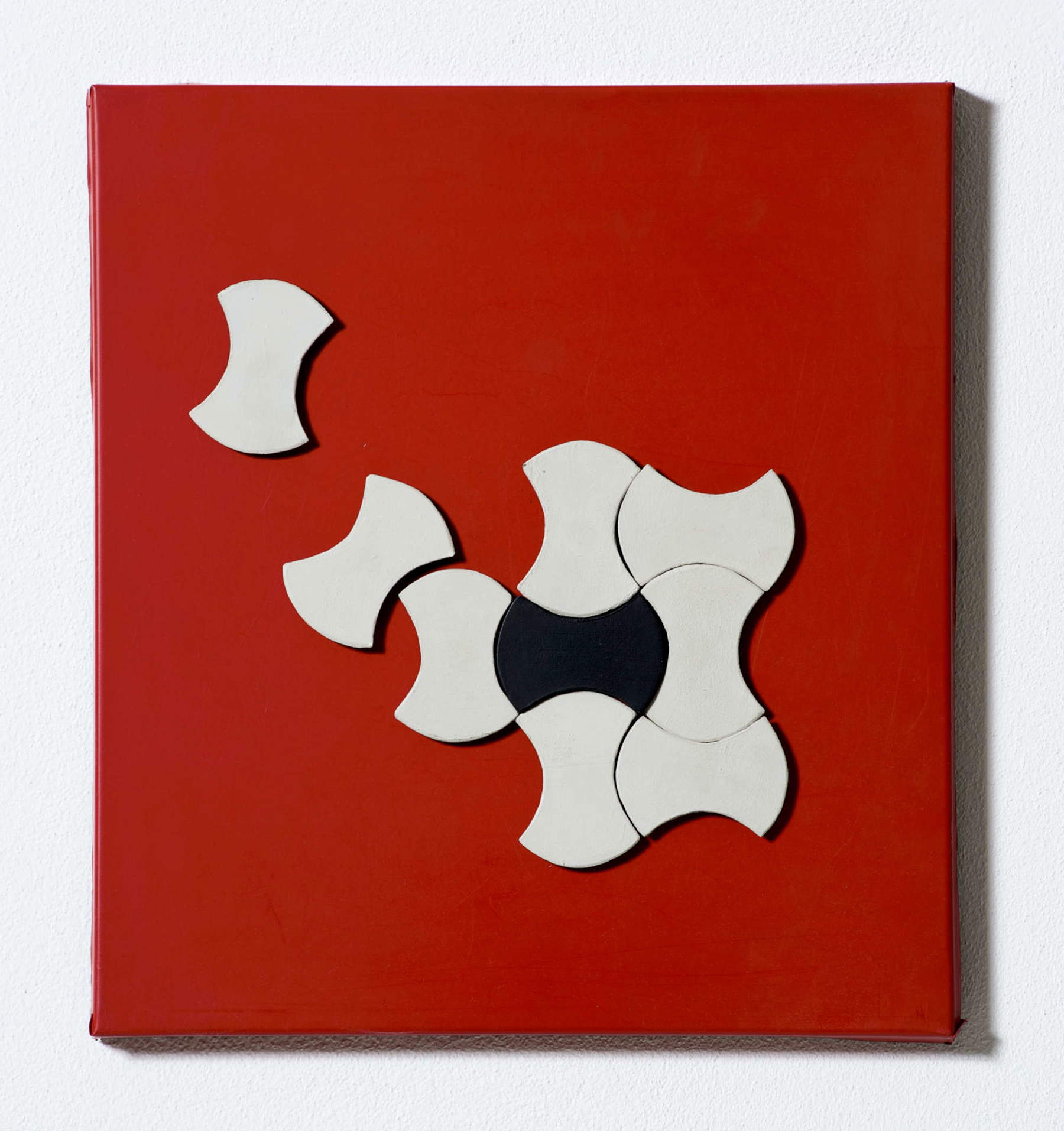
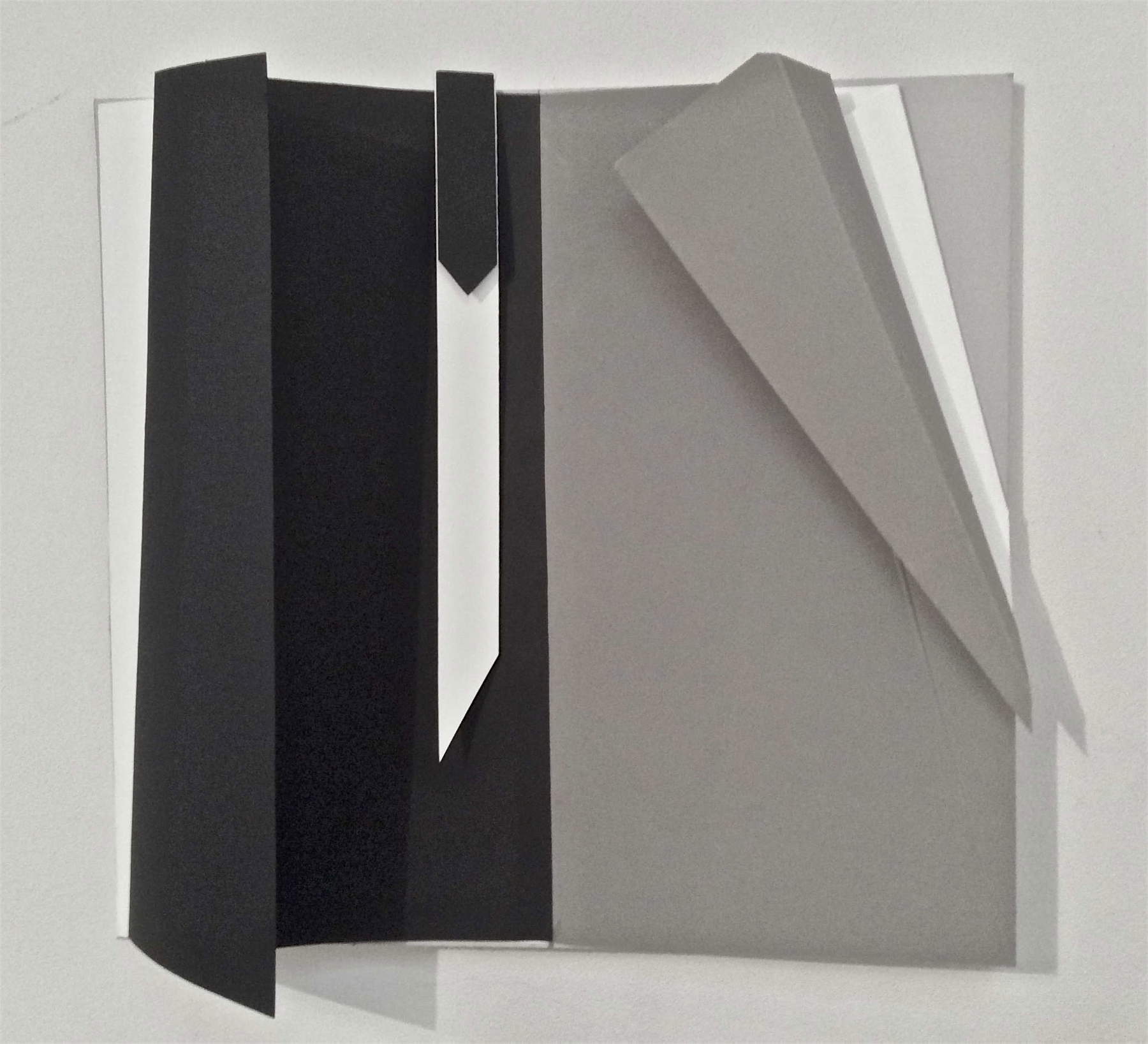

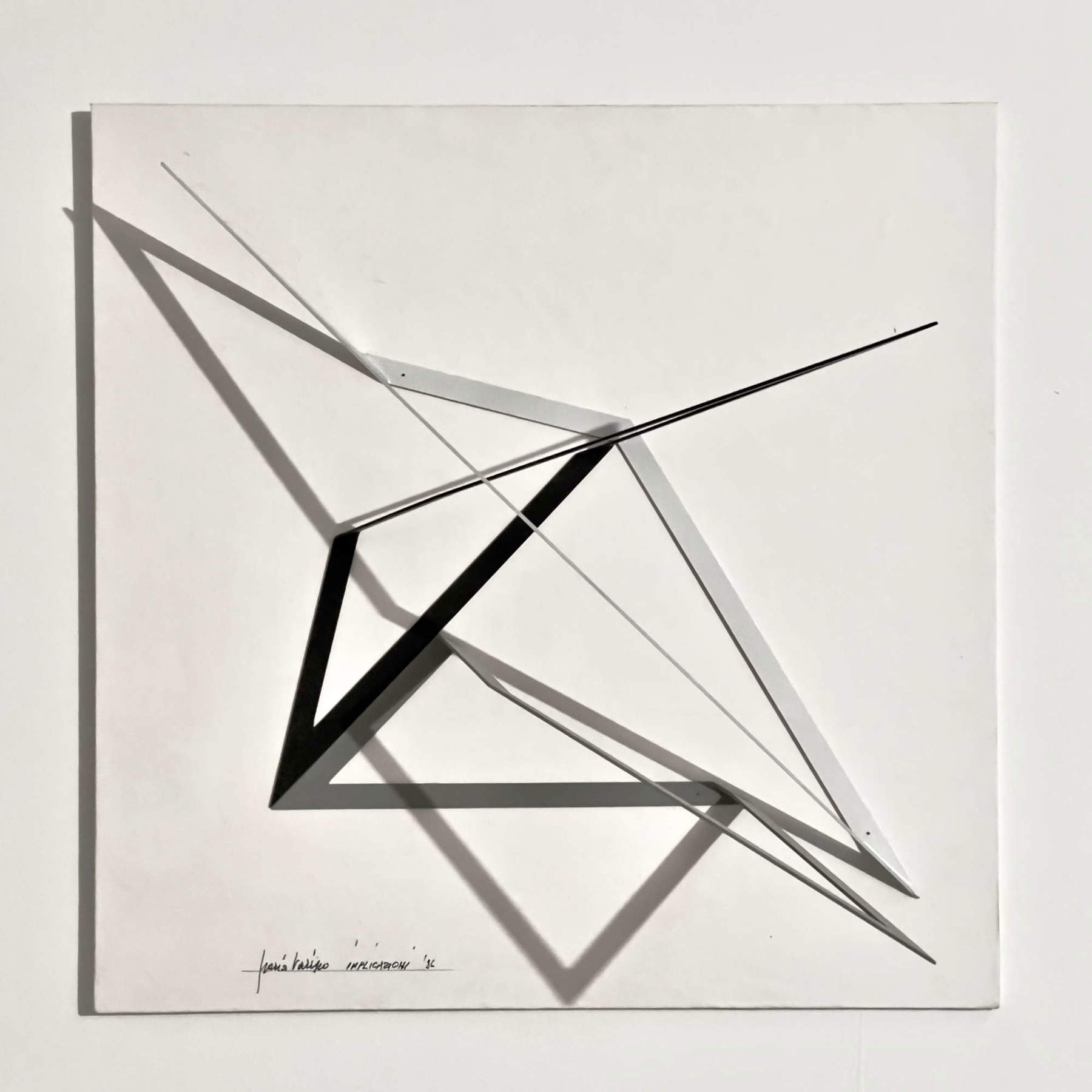

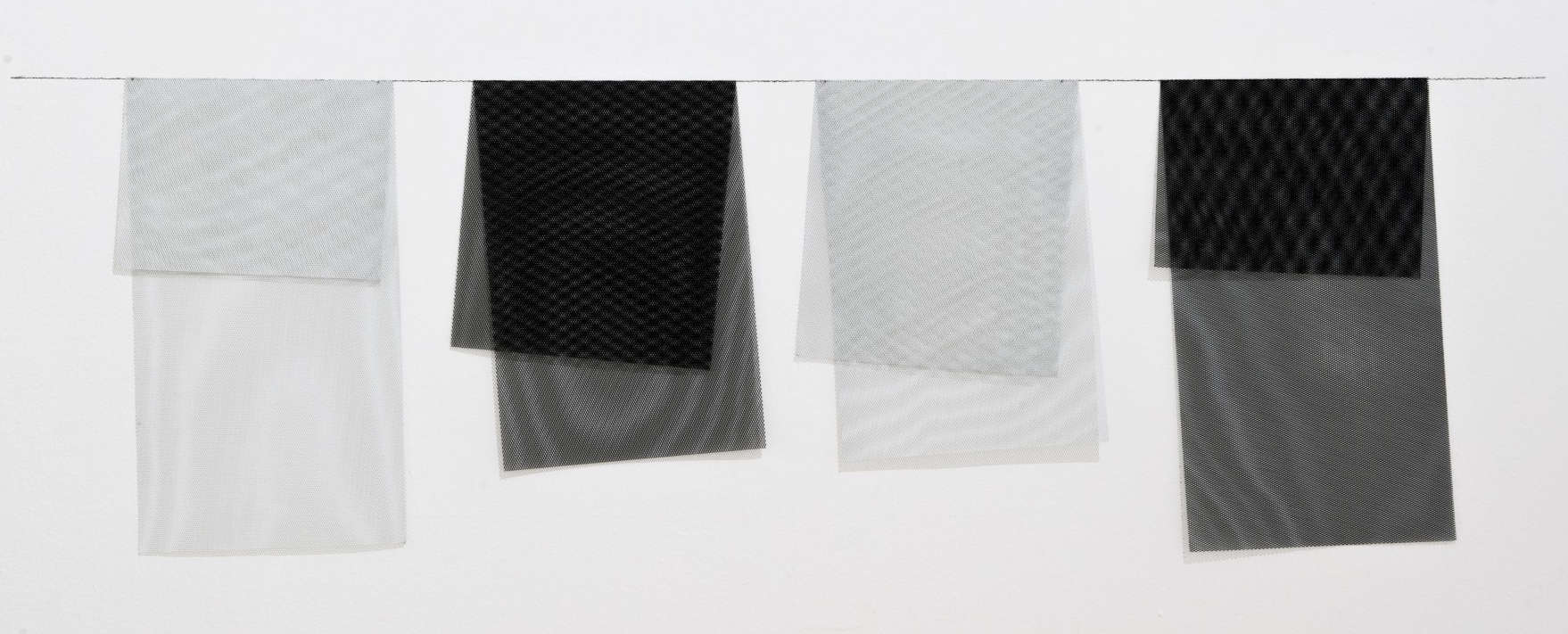
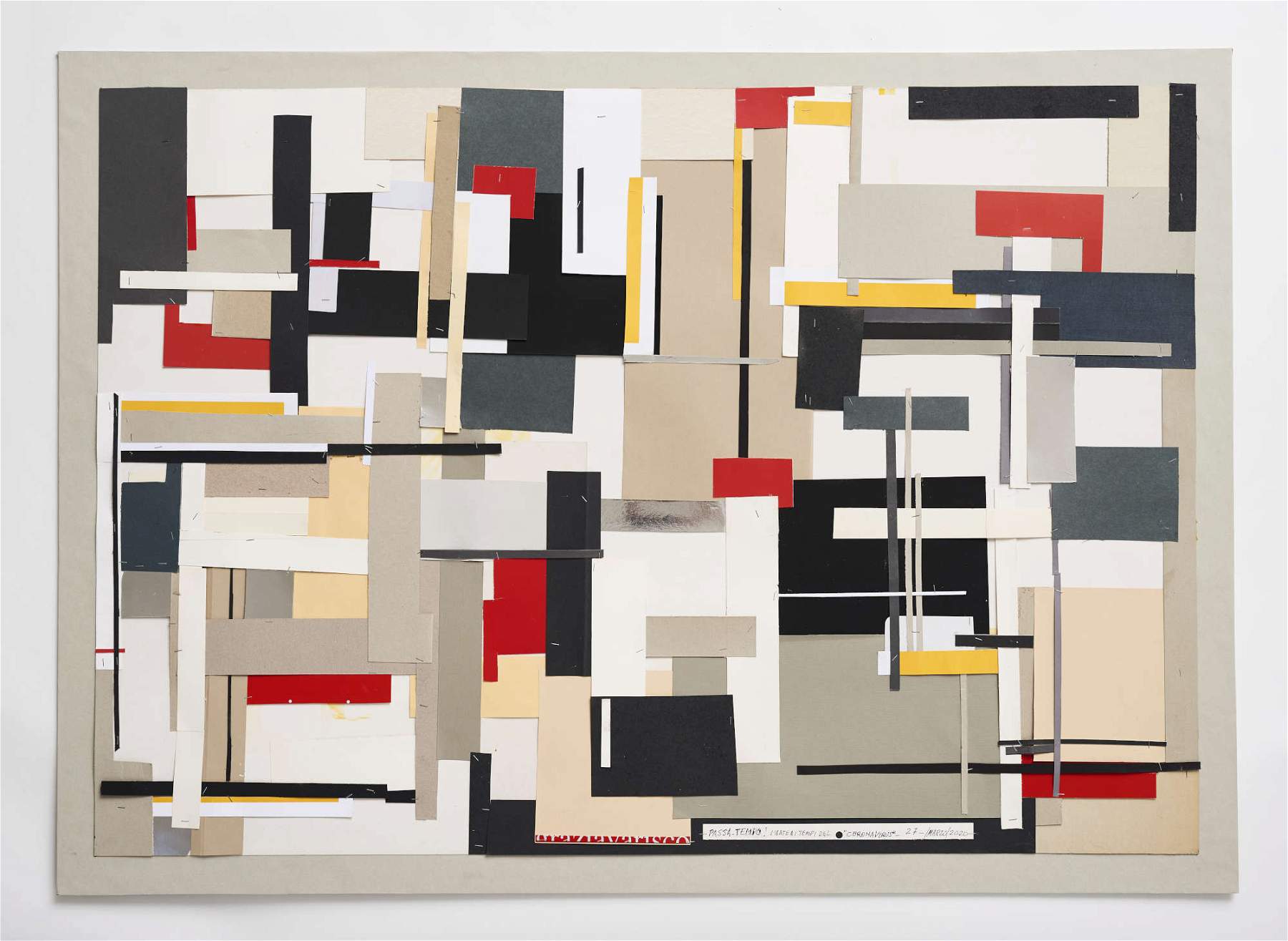
Grazia Varisco, born in Milan on October 5, 1937, embarked on her artistic career by attending theBrera Academy of Fine Arts from 1956 to 1960, under the guidance of Achille Funi. From her academic activities, Varisco immersed herself in artistic research as a member of Gruppo T together with Giovanni Anceschi, Davide Boriani, Gianni Colombo and Gabriele De Vecchi. Participating in events such as Miriorama, programmed art exhibitions and the international Nouvelle Tendance movement, she had the opportunity to interact with Italian and foreign artists interested in perception and experimentation.
After his experience with Gruppo T, Varisco pursued his research independently, devoting himself to artistic experimentation and continuing his exhibition activities. During the 1960s he also worked as a graphic designer for various institutions and magazines (from 1961 to 1967 for the Rinascente Development Office, for Abitare magazine, for Kartell, from 1962 to 1963 for the Milan Intermunicipal Plan), contributing to the Milanese cultural scene. During his stays in the United States in 1969 and 1973, Varisco had the opportunity to meet and frequent U.S. artists and teachers, further enriching his artistic and cultural background.
Beginning in 1979-80, she embarked on a role in teaching and from 1981 to 2007 held the position of chair of Theory of Perception at the Brera Academy in Milan, contributing to the training of new generations of artists. Grazia Varisco’s presence in important national and international exhibitions highlights the recognition of her contribution to contemporary art. Her most significant participations include the Venice Biennale in 1964 and 1986, the Quadriennale in Rome in 1965, 1973 and 1999, and the Trigon in Graz in 1977.
Varisco has also exhibited in prestigious shows such as Arte italiana 60/82 at the Hayward Gallery in London in 1982 and Electra at the Musée d’Art Moderne de la Ville de Paris in 1983. His work has also been included in exhibitions such as Triennale Toyama Now at the Museum of Modern Art in Toyama in 1990 and Force Fields. Phases of the Kinetic at the Museu d’Art Contemporani in Barcelona and the Hayward Gallery in London in 2000. Other notable participations include Beyond Geometry at the Los Angeles County Museum and the Miami Art Museum in 2004, The Environments of Group T at the Galleria Nazionale d’Arte Moderna in Rome in 2005, and The Collector’s Gaze. Works of the VAF Foundation at the Mart in Rovereto in the same year.
In 2007, in recognition of her contribution to contemporary art, Grazia Varisco was awarded the National President of the Republic Prize for Sculpture, conferred on her by President Giorgio Napolitano at the recommendation of the Accademia di San Luca. This important recognition led to her appointment as “Academician of San Luca.”
Grazia Varisco’s works enjoy a widespread presence in prestigious museums and collections in Italy and abroad, evidence of her recognition in the international art scene. Institutions that preserve her works include the Collezione Farnesina, the Collezione Accademia di San Luca and the Galleria Nazionale d’Arte Moderna in Rome in Italy, as well as the Museum of Modern Art in New York, MAMbo in Bologna, the Fondazione Museo de Arte Moderno Jesus Soto in Ciudad Bolivar, the Museum of Würzburg, the Museum Ritter in Waldenbuch, the Centre Georges Pompidou in Paris and the Galleria d’Arte Moderna in Gallarate.
In addition, his works can be found in important Italian institutions such as the MAC in Lissone, the Villa Croce Museum in Genoa, the Museo della Permanente, the Fondazione Prada, Le Gallerie d’Italia, and the Museo del Novecento in Milan. In 2017, the Milan Triennale paid tribute to Grazia Varisco’s artistic journey with a dedicated exhibition, while in 2018 she received the prestigious A. Feltrinelli Prize for Visual Arts from the Accademia dei Lincei.
In 2022, she was invited to participate for the third time in the Venice Biennale (after the 1964 and 1986 editions) and received a consecration in her city, Milan, with a major anthological exhibition held at Palazzo Reale. Grazia Varisco continues to live and work in Milan, continuing to contribute to the contemporary art scene with her rich production.
 |
| An exhibition in Macerata traces the career of Grazia Varisco |
Warning: the translation into English of the original Italian article was created using automatic tools. We undertake to review all articles, but we do not guarantee the total absence of inaccuracies in the translation due to the program. You can find the original by clicking on the ITA button. If you find any mistake,please contact us.